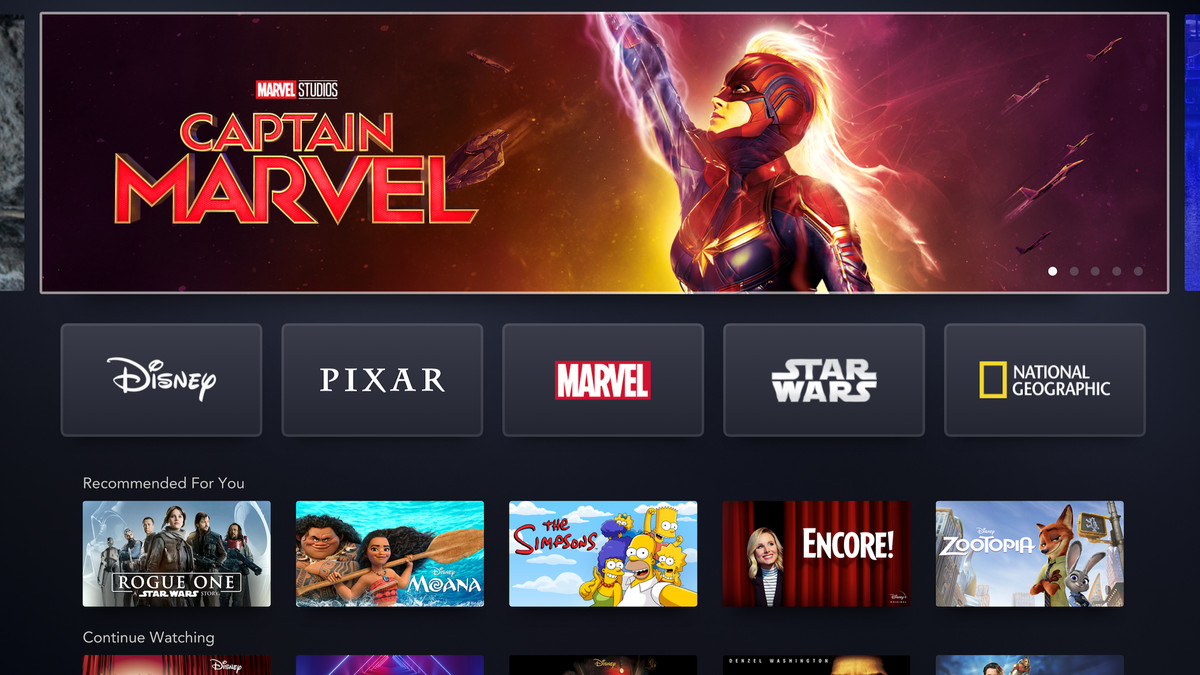
Numerous actors have served their country as military personnel. Some actors were serious, while others were more adventurous. Some of the more well-known names in the entertainment industry also served in the military. This includes Mel Brooks, Andy Rooney and David Niven. Randy Couture is another example. Here are some of the actors who have served in the military and what they did for their country.
James Stewart
James Stewart served his country in the military from 1942 through 1945. His military service included time as an Operations Officer with the 703rd Bombardment Squadron of the 445th Bombardment Group in England. However, he felt that combat service was impossible. Stewart wrote to his commander, Lt.Col. Walter E. Arnold Jr. to express his despair. Arnold understood Stewart's situation well and recommended Stewart as the commander of 445th Bombardment Group. The B-24 Liberator unit was about to leave for Europe after completing initial training.
Andy Rooney
Andy Rooney, a war correspondent, served in the military during World War II. He was assigned to the Army Air Corps in England and made several flights in American bombers. He later transferred to the ground war following D-Day and was assigned to the China-Burma-India theater. Rooney was an army officer and wrote many Stars and Stripes stories.

Randy Couture
Randy Couture, mixed martial artist and actor is a decorated military veteran. In 1982, he joined the Army and was a Sergeant in 101st Airborne. Couture, while serving in the Army, was keen to wrestle and applied for freestyle wrestling team tryouts. He was not selected to the team and decided to try out for Greco Roman wrestling.
Art Carney
Art Carney was born to slavery in Norfolk Virginia, 1840. He was freed and eventually moved to Massachusetts. He was a talented young man at imitating the voices famous people. Before joining the Army in World War II, he worked many radio jobs. His character Philly on Joe Turp and Ethel Turp presaged his later role of the legendary Ed Norton in Gangbusters.
Bob Crane
Bob Crane, before becoming a popular actor, served in the military. At 18 he joined the Army Air Corps. He served for three year. After World War II, he went to Italy and was assigned to the Army of Occupation. He learned to be a B-29 Superfortress Tail Gunner while in Italy. He was scheduled to go to the South Pacific after the war ended.
Robert Duvall
Robert Duvall was a military veteran from 1953 to 1954. He was an Army private first class and stationed in Georgia. He enrolled in theatre school and participated in amateur productions while he was serving. During his time in the Army, he acted in a play called "Room Service."

Don Rickles
Don Rickles was raised in New York. He enlisted in the Navy during World War II. He was discharged honorably in 1946. He was stationed on the Philippine Islands during his military duty. After his return to the United States, He began a career as an actor. He was a stand-up comedian and started doing impressions for church functions and bingo parlors. Later, he moved to Los Angeles where he became a regular stand-up comedian at the Slate Brothers club.
FAQ
TV is good for business.
Yes, TV is good for business. Television allows businesses to reach more customers.
You might put up signs in every corner of town when you are selling your house. You also advertise in local papers, such as the newspaper, the real estate section, and the classifieds.
You can also advertise online via social media sites or websites like Facebook.
Television doesn't require you to put up signs or write articles.
Instead, you can simply relax and let someone else take care of the work.
You can achieve the best results possible with minimal investment in marketing campaigns.
Is tv advertising still relevant today?
The answer is yes, but not because TV advertising is effective anymore. This is because people watch less TV. They're using other media instead.
Television ads have become an essential part of marketers' lives. We need them to reach audiences where they spend most of their time online.
A TV ad should connect with consumers in a deeper way. This requires that we think differently about the way TV ads are created.
We can no longer rely on simple slogans or images. Instead, we must look at how TV is experienced. How do you engage people emotionally to make them feel compelled by your products?
These are all things which require creativity. Digital agencies are the new source of creativity.
How does TV Advertising work?
Television advertising is an effective way to reach consumers when they watch television. It's also cost-effective. Commercial breaks are the most common form advertising on television. These commercial breaks last 30 seconds, but they can sometimes be longer if there's a special event like a sporting match or awards ceremony. Companies often sponsor commercials to promote their products and services. These companies pay for airtime. Some commercials show product information and others simply display images or music. Many programs have product placement, where brands are featured within the program. A brand may appear in a scene to show how their product can be used or provide background information about the product.
How TV ads are measured?
Advertisers measure the effectiveness of their advertising by measuring how many people actually watch an ad. They also measure whether they have reached their target market.
This is done by asking viewers to fill out surveys that ask if they have ever seen the ad. If they respond yes, they are aware that they were exposed.
If they respond no, they know they weren’t exposed to the advertisement. This tells them how effective the ad was at reaching its target market.
Does TV affect sales?
TV can influence sales because it lets consumers see the available products.
People often compare prices before purchasing a product. People often look at product advertisements and think, "I wonder how I can afford that?"
Statistics
- This includes 97 percent of Gen X, and 95 percent of Millennials. (marketingevolution.com)
- In fact, 76% of people completely skip the commercials while watching their programs. (qualitylogoproducts.com)
- Radio is extremely accessible – 95 percent of cars have radios, and 99 percent of homes have radios. (marketingevolution.com)
- With OTT ad revenue set to increase from 45% to 60% over the next decade, AdTech pioneers and early adopters of OTT advertising will reap its benefits in the near future. (clearcode.cc)
- Video-ad views on OTT (over-the-top) devices grew 63% year over year in Q3 2016, and the trend is expected to continue, further crippling traditional TV advertising. (clearcode.cc)
External Links
How To
What does the TV Advertising Industry do?
The TV advertising industry is made up of many companies who all have to come together to ensure that the adverts are shown on TV at the right time and place for maximum effect. Ads should not be offensive and relevant to viewers.
The media buying company then buys the broadcast time from the networks. They then sell the airtime to the advertiser. Advertisers pay for this airtime. You can either buy whole days or specific timeslots.
Once the airtime is bought, the media buying company sends the advert to the network. The network then broadcasts the ad during its broadcast time.
The viewer may click the link to go to the advertiser's site if they watch the ad. The advertiser will pay the media buying company once again if they click on the link.
The process continues up until the advert is done. After the advertisement has ended, the media buying firm collects the money and passes it on to the network.
Advertising agencies create and send the ads to media buying firms. They also manage the creative side of the campaign.
They are also responsible for the creative aspect of the ads and will communicate with clients about the content. They also oversee the production and liaison with the clients on the budget.
They also oversee the entire campaign and keep track of everything.